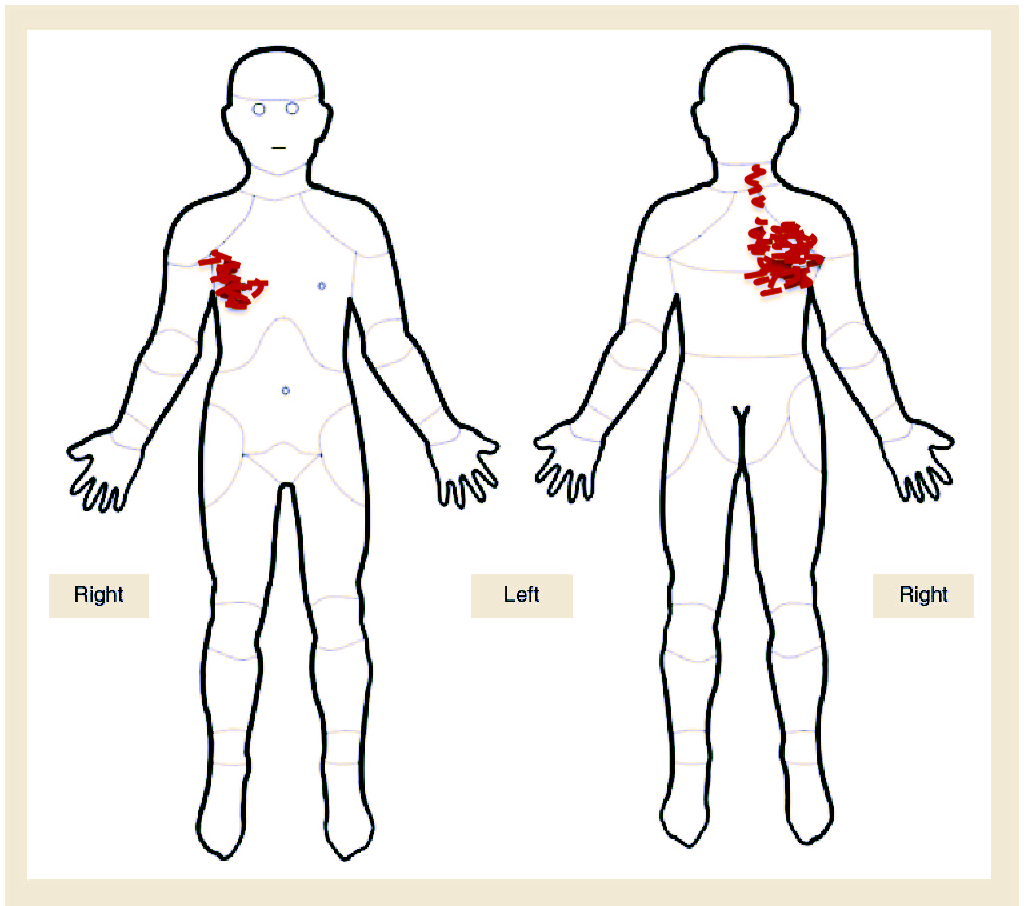Case Studies: Is Your Clinical Reasoning Within Reason?
- Do you ever catch yourself falling into the habit of prescribing the same group of exercises for every patient/client presenting to PT with knee pain?
- When your patients arrive to your office with intense leg pain that radiates from their gluteal region to their great toe, do your methods to differential diagnosis the root cause of their symptoms get the patient better in 1-2 visits?
- Do you feel like special tests make your clinical exam even more confusing at times and carry more weight in your clinical decision making than they should?
- How important is it to you to establish a physical therapy diagnosis?
- Are you comfortable with carrying out a plan of care based solely on a medical diagnosis?
Our profession has shifted vastly over the years in which the days of being a mere technician are long gone. Our patients are expecting more from us and our presence within the medical community has become more prominent as evidence-based practice has evolved. Our goal as orthopedic specialists is to stay up to date on best practice in the realm of orthopedic physical therapy. This also involves critically appraising current research and being able to implement advanced clinical reasoning. The more foundational knowledge you're equipped with, the better you help your patients. Let's approach our patients with humility and active listening, remembering they've come to us during a moment of vulnerability seeking help.
"The orthopedic manual therapy examination consists of two parts, a differential diagnostic examination and a bio-mechanical examination" - Jim Meadows
The main objective of the case studies listed below is to primarily address the differential diagnostic examination, not give medical advice.
